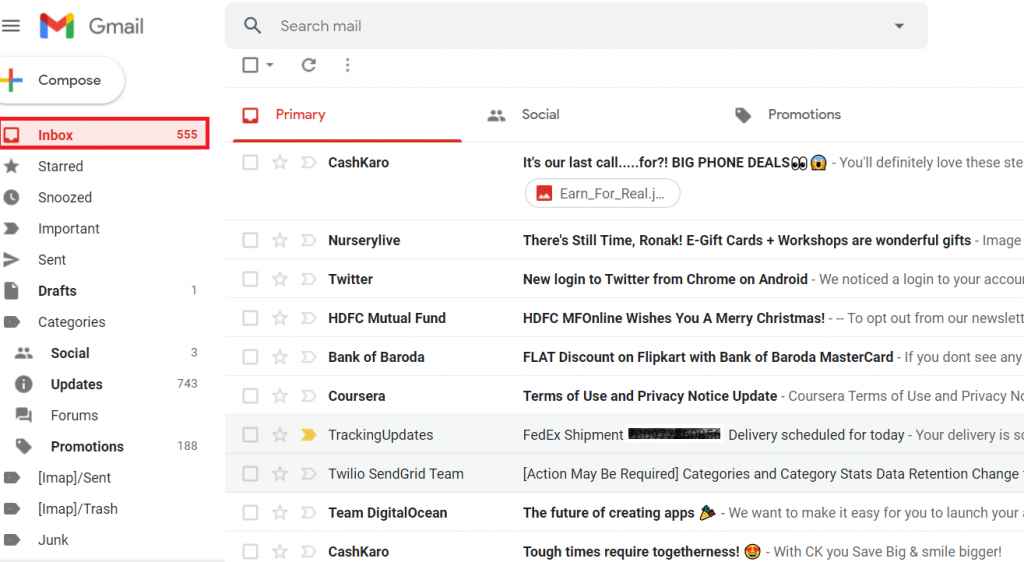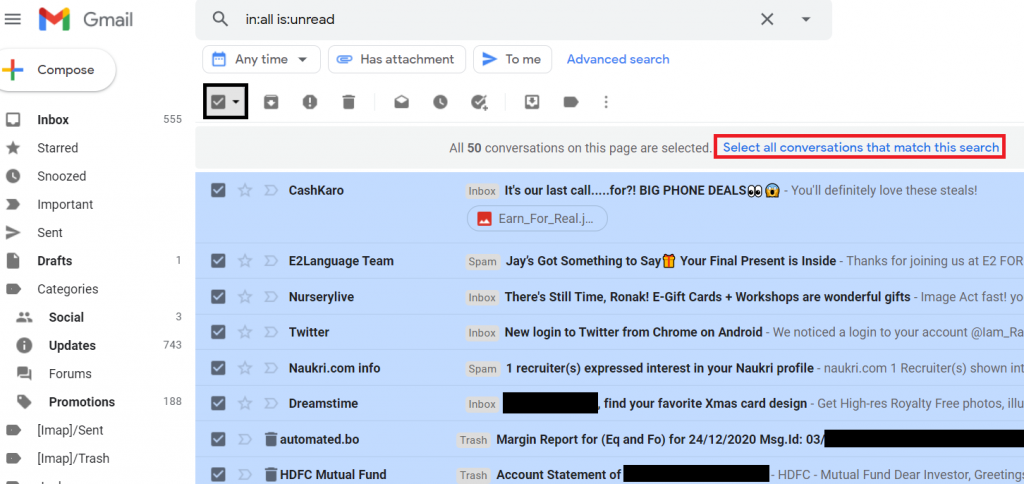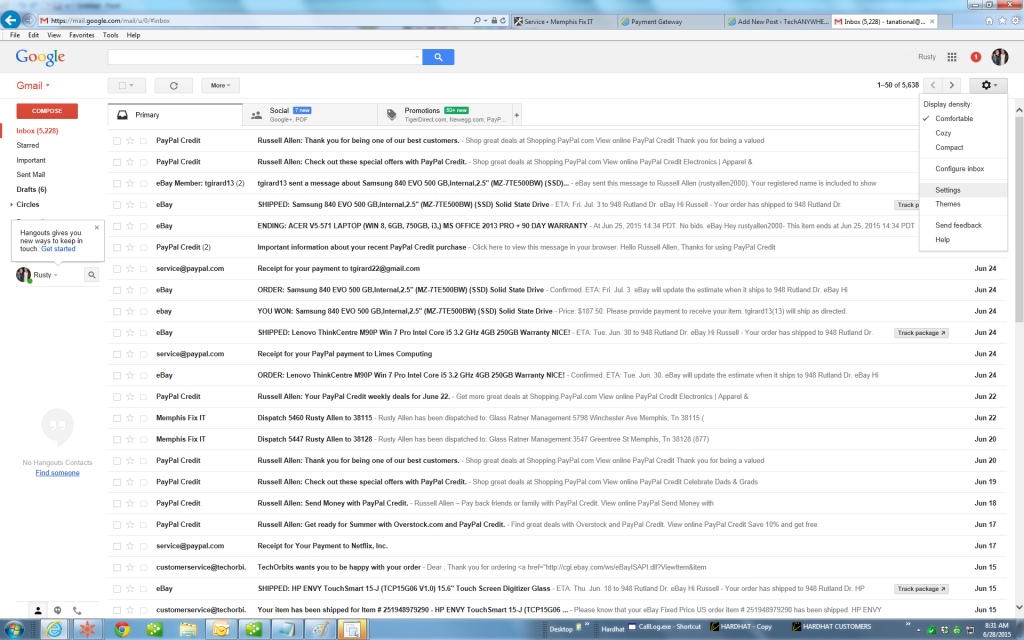
V=DKIM1 k=rsa p=MIGfMA0GCSqGSIb3DQEBAQUAA4GNADCBiQKBgQCrLHiExVd55zd/IQ/J/mRwSRMAocV/hMB3jXwaHH36d9NaVynQFYV8NaWi69c1veUtRzGt7yAioXqLj7Z4TeEUoOLgrKsn8YnckGs9i3B3tVFB+Ch/4mPhXWiNfNdynHWBcPcbJ8kjEQ2U8y78dHZj1YeRXXVvWob2OaKynO8/lQIDAQAB SPF V=DKIM1\ k=rsa\ p=MIGfMA0GCSqGSIb3DQEBAQUAA4GNADCBiQKBgQCrLHiExVd55zd/IQ/J/mRwSRMAocV/hMB3jXwaHH36d9NaVynQFYV8NaWi69c1veUtRzGt7yAioXqLj7Z4TeEUoOLgrKsn8YnckGs9i3B3tVFB+Ch/4mPhXWiNfNdynHWBcPcbJ8kjEQ2U8y78dHZj1YeRXXVvWob2OaKynO8/lQIDAQAB\ The value for the record should be one of the options listed below-some DNS providers escape semicolons for you, while others require you to do it when setting up the record. Add a new TXT record with the name mandrill._ (replace with the domain you’re setting up). A modal will appear with instructions for setting up DKIM on your DNS provider. Next to your domain, click View DKIM settings. We recommend referring to your provider’s documentation or support for specific information on adding TXT records. To add the SPF and DKIM records for your sending domains, you'll need to add TXT records through your hosting provider, domain registrar, or DNS provider. Once you’ve added your sending domain, you’ll need to create DNS records that enable DKIM and SPF email authentication for that domain. You can also add a sender domain via the Transactional API.


Type a new domain in the domain input and click Add To get started with authentication, you’ll need to add the domain that you want to send messages from. In this section, we’ll walk through the steps required to set up and authenticate your sending domain with Mailchimp Transactional.

Verifying a domain prevents other Mailchimp Transactional users from sending from your domain unless they also complete the verification process. Mailchimp Transactional will not send any email from unverified domains or domains without valid SPF and DKIM records.Ī message that is rejected as unsigned indicates that the sending domain hasn't been properly set up, and that your account is unable to authenticate and send email from that domain. You’ll need to add SPF and DKIM records and verify ownership of your sending domains before you can send email through your account. A positive reputation builds trust and improves deliverability, reducing the chance that your emails are caught by spam filters and improving how quickly the receiving servers will accept mail from your domain. Many ISPs use authentication to track sending reputation, and since authentication is handled by your domain, you maintain some control over the emails that affect deliverability for that domain. Mailchimp Transactional automatically authenticates all emails sent through our servers, but by adding DNS records to your domain, we’re able to send on your behalf and digitally “sign” your emails.

Authentication is a way to prove an email isn’t forged.


 0 kommentar(er)
0 kommentar(er)
